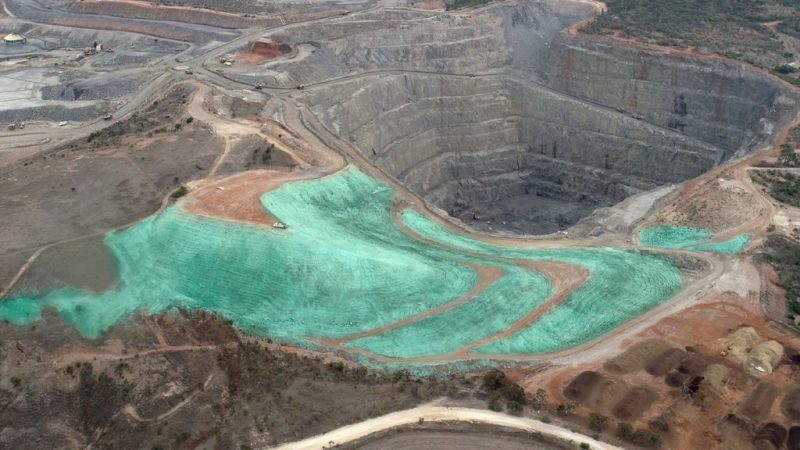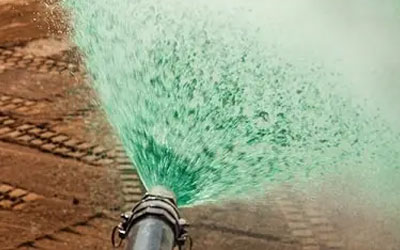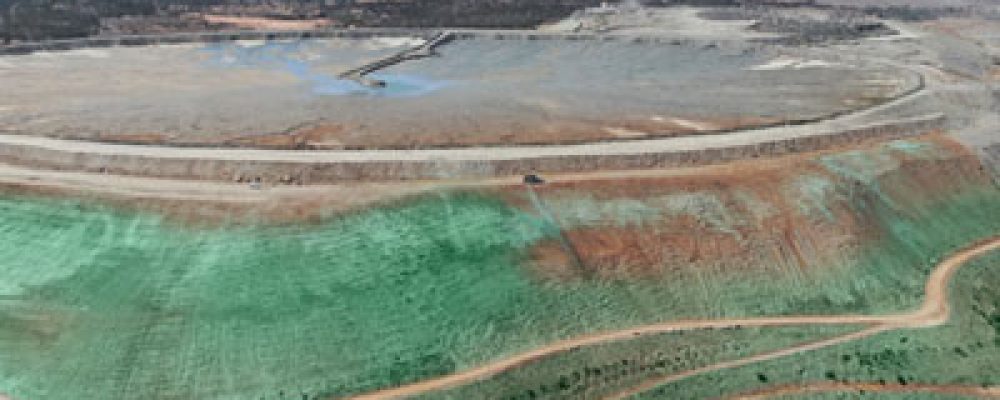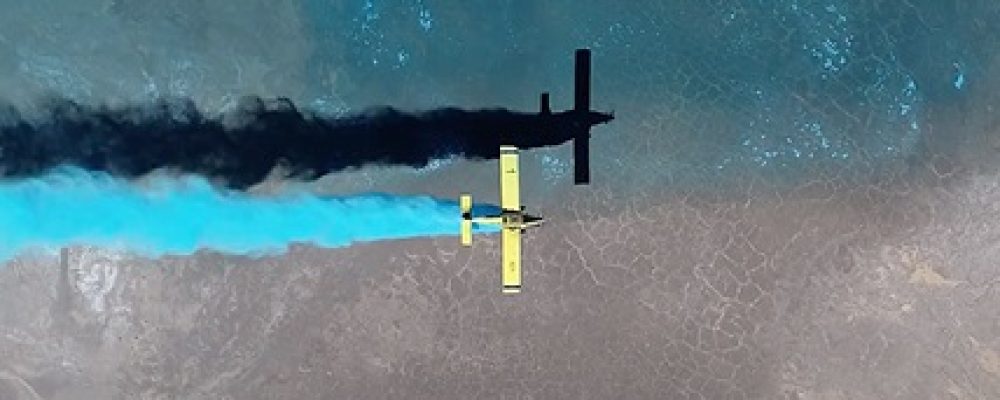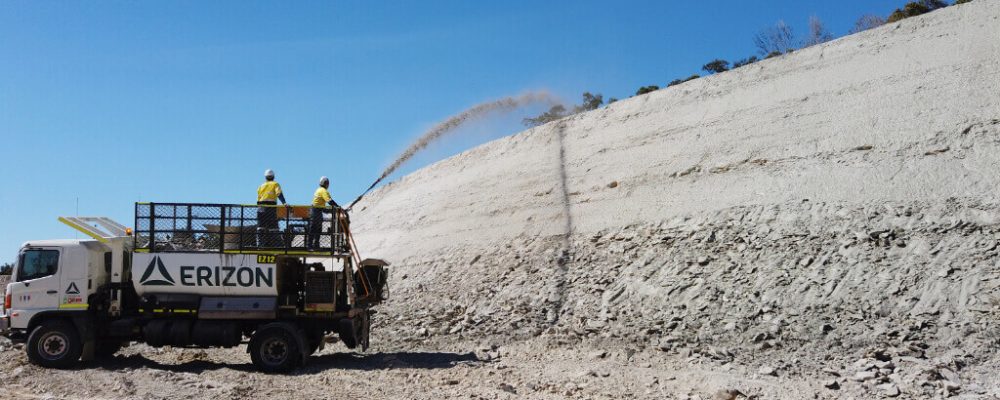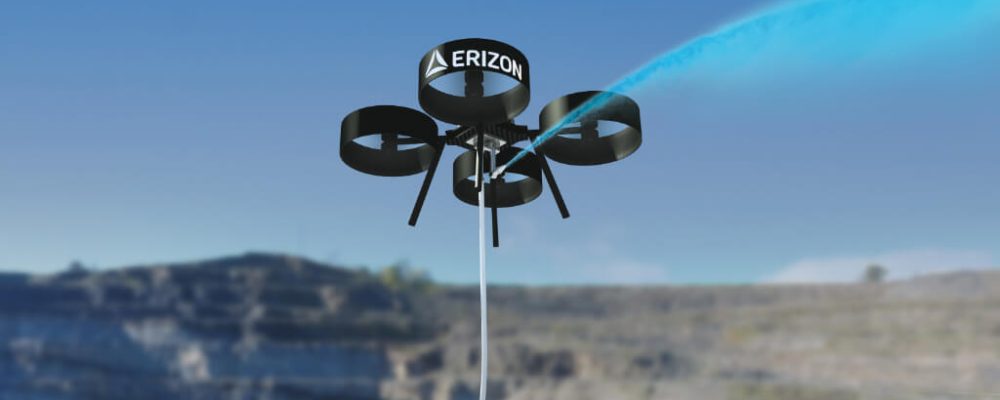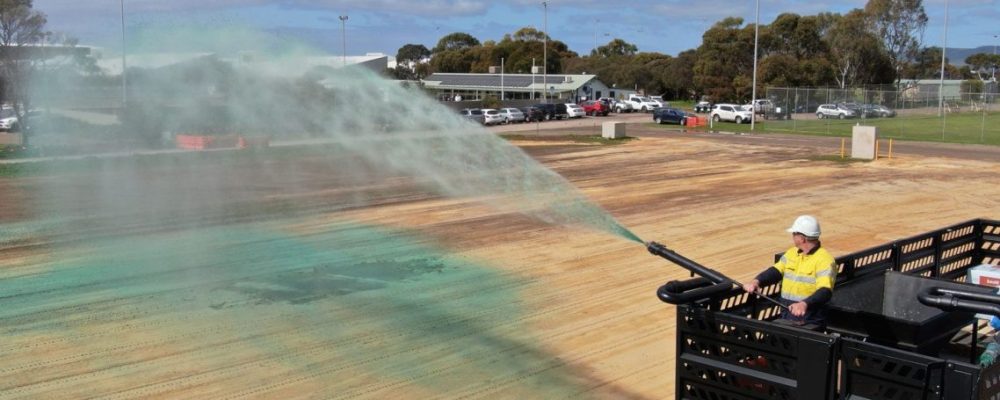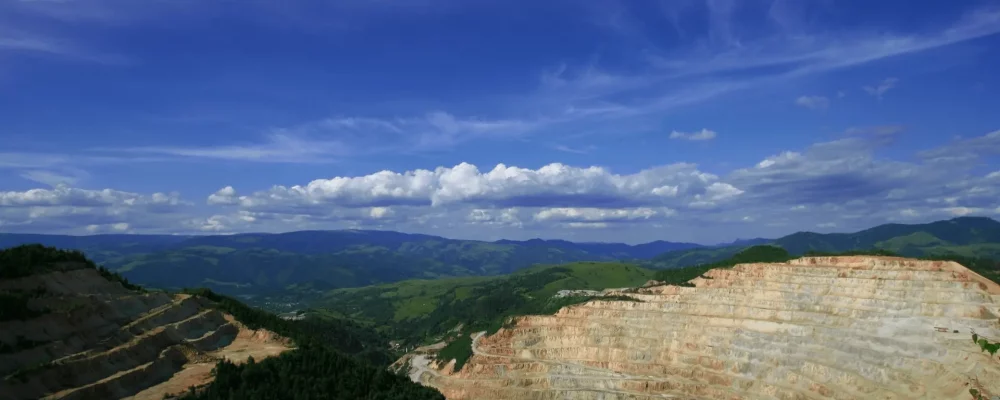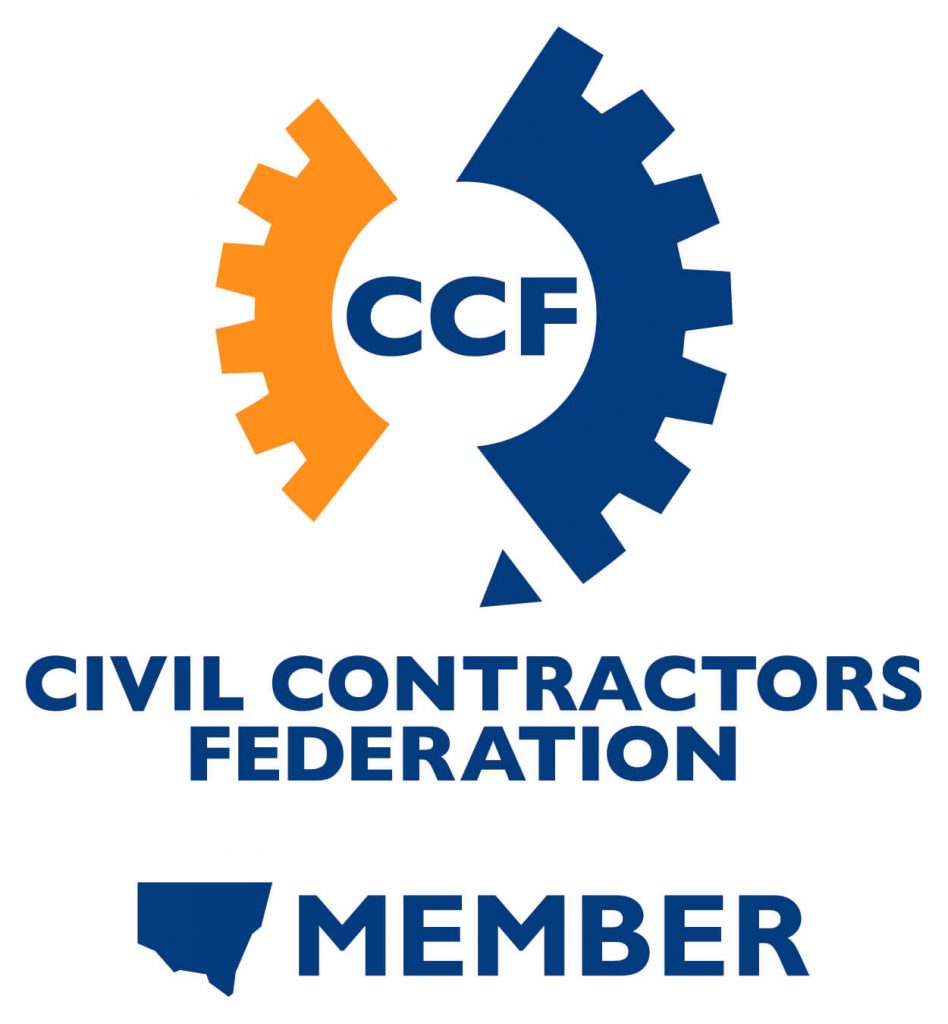Definition: Soil stabilisation the restoration of weak and disturbed soil. This process looks at strategies to enhance the soil’s nutrients, microbial activity and mechanical structure.
Workplace activities taking place within the natural environment will trigger the changes in substrate conditions by altering the physical and geotechnical properties of the soil. The extent of this issue depends on a host of variables that will require different levels of soil stabilisation.
When topsoils are lacking in primary nutrients, they are unable to bear the capability of vegetation growth, which will lead to erosive winds and rain moving soil particles off-site and into local communities and water systems. Enabling tactics such as amelioration and revegetation programs will prevent these high-risk contingencies from occurring.
Onsite soil testing will begin the first stage in understanding the modifications required to achieve this goal. An evaluation of the results will identify any imbalances found in the soil and show required additives to improve the soil’s compressibility, strength, permeability and durability.
Traditionally, revegetation is the primary solution for soil stabilisation and erosion control. However, when site restrictions or environmental issues limit this method, EcoArmour®, an erosion control blanket, provides practical support to the substrate surface for up to 20 years.
What Provokes Soil Stabilisation Requirements?
Although the 21st century has introduced a new way of thinking, including sustainable practices and strong considerations into environmental impacts of workplace activities; the mining, civil, construction and infrastructure industries maintain their position under the microscope due to high annual substrate disruption. Activities contributing to this outcome include the movement of topsoil during stripping, stockpiling, and restoration causing environmental issues such as deficiencies, reduction in seed germination, erosion, dust and pollution of waterways.
Limiting The Impacts Of Onsite Activities
Soil is a non-renewable resource; therefore, as it erodes much faster than it forms, it is important to reduce unnecessary soil disruptions. Site Management is encouraged to communicate all site restrictions and processes with contractors and employees to effectively preserve topsoil and native vegetation.
There are 9 guidelines to consider:
- Avoid excessive earthworks by working with the natural contours of the site. On slopes, choose a subfloor method that will minimise excavation.
- Limit the area of soil disturbance to a minimum and align all earthworks within the stipulated boundary lines.
- Identify suitable sediment and erosion control measures during the removal or disruption of soil.
- Segment projects by scheduling earthworks in stages throughout the duration; this will allow for early rehabilitation and stabilisation of exposed areas while minimising the amount of exposed soil.
- Carefully manage and retain as much stripped topsoil as possible for reuse during site rehabilitation; this process can be assisted with Erizon’s® dust suppressant SuppressX®, designed to provide a crust over loose soil by preventing the removal of particles stemmed from environmental factors such as rain and wind.
- Identify and preserve maximum vegetation, including grass buffers, around the site throughout the development.
- Install and make use of sediment and erosion control measures.
- Confirm that the operators of earthmoving equipment are aware of excavation and stockpile locations.
- Restrict vehicles and equipment in designated areas.
What is the Soil Stabilisation Process?
Soil Stabilisation can treat a wide range of sub-grade materials on roadways, infrastructure developments, construction projects and mine sites. However, as every project site is unique, it is critical to extract as much information from the site as possible to establish an effective soil stabilisation strategy. This process revolves around comprehensive soil testing, site analysis, 3D multi-spectral and thermal drone mapping.
Soil testing is also a primary activity conducted during the investigation process – this process looks closely at the physical, chemical and biological instabilities of the soil such as potential hydrogen (pH), fertility, microbial activity and soil nutrients. Once a thorough understanding of the results are established, a tailored amendment solution will adjust imbalances and underpin the soil’s ability to enable growth.
The primary soil micronutrients that are required to be at their optimal levels and are fundamental for vegetation growth are nitrogen (N), phosphorus (P) and potassium (K).
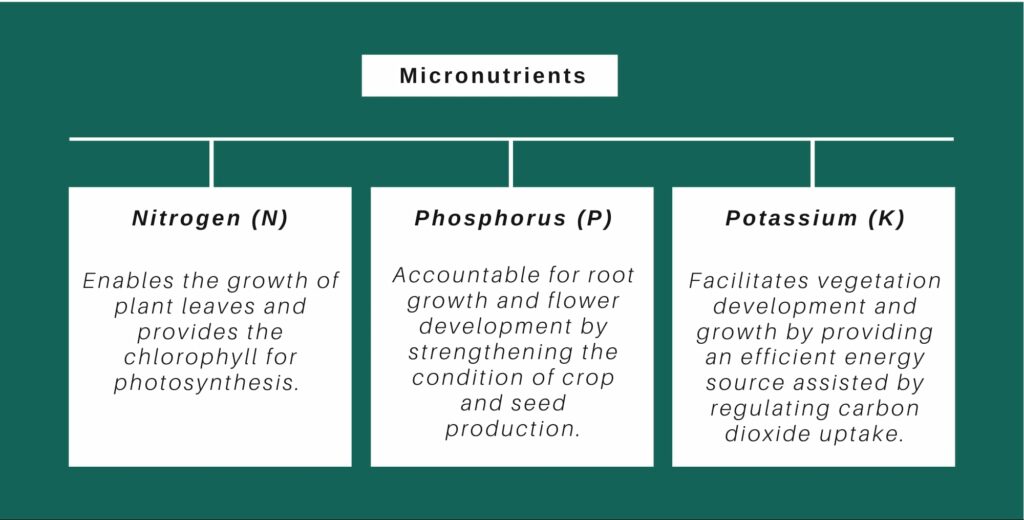
Soils that are disrupted or moved will have a reduction in these micronutrients along with other common elements such as calcium, copper, iron, manganese and zinc. If necessary, missing nutrients will be supplemented into the tailored amendment solution. The solution will be accompanied with either a hydromulching or hydroseeding solution designed to support the stabilisation process by delivering full-coverage revegetation.
Depending on how depleted and lifeless the soil is, a topsoil enhancement, such as EnviroSoil®, may be required before the application of fertiliser and seed.
EnviroSoil®: made up of eight key ingredients that form the foundation for its mechanical structure and can rejuvenate some of the most nutrient-deficient substrates nationwide.
Good quality soil is vital for successful revegetation. Without fertile, nutritious soil, any efforts made for seed growth, will be irrelevant. Soil offers food, water and oxygen that is required by plants to underpin healthy growth and productive development of seeds, so it is imperative to ensure that the soil is of good quality before commencing rehabilitation.
What are the Key Benefits of Soil Stabilisation?
There are many advantages to performing the soil stabilisation process in preparation for rehabilitation.
- Increased soil structure
- Increased soil fertility for vegetation growth
- Balanced soil profile suited to the site location
- Increased permeability
- Reduction in potential environmental issues such as wind and rain erosion
It is worth noting that the earlier the implementation of a soil stabilisation strategy, the fewer soil modifications will be required.
What if Vegetation is Not an Option?
When vegetation is not an option for the site location, an erosion control blanket is often the most suitable alternative. EcoArmour® is our inhouse solution designed with a combination of minerals, interlocking fibres and specialty binders that form a durable, non-flammable crust over the substrate once applied.
The specialty binders affix to and incorporate themselves onto the substrate to build a sturdy, resilient shield that is flexible enough to move with the ground beneath while eliminating cracking. Once hydraulically dispersed, it sets within a matter of hours, providing extended high shear resistance soil stabilisation and erosion control.
This advanced technology provides surface stabilisation for up to 20 years, making it an ideal stabilisation product for roadsides batters, railway cuttings, vertical walls, steep slopes, drains and swales, levees and bund culvert linings.
We have noted the importance of pre-site planning. Therefore, the next time you intended to disrupt a worksite substrate, follow our guided steps to ensure minimal soil damage.
If you do require soil stabilisation or assistance with any of our environmental services, please don’t hesitate to get in contact with our environmental consultants here.
